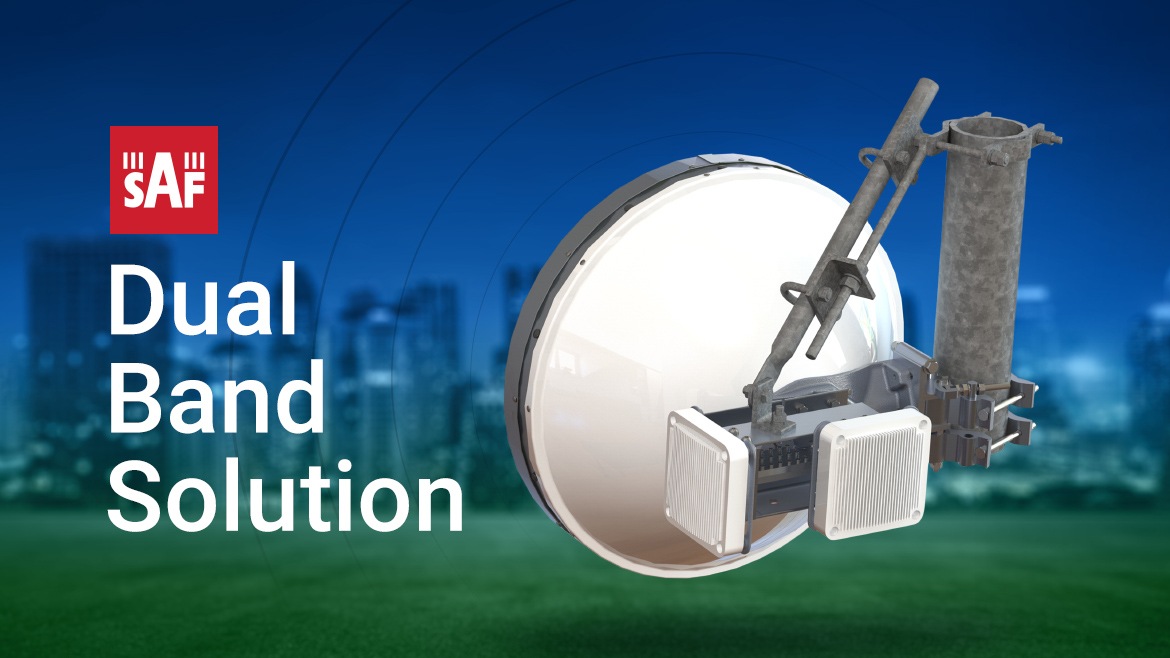The next generation of broadband – the hyped-up 5G – is already rapidly spreading around the globe, presenting a whole new set of opportunities and challenges to the radio industry worldwide.
The fifth generation of mobile network is the new global wireless standard that is fundamentally going to change the way we communicate. Up to 4G cellular networks, the major challenges to meet the backhaul requirements were capacity, availability, deployment cost, and long-distance reach. However, due to the dense small cell deployment and heavy traffic of 5G, today's backhaul faces additional challenges in order to meet all the requirements.
These are some of the main challenges that operators of 5G networks are facing:
✓ Growing backhaul capacity demands,
✓ Extreme deployment costs – for example, building long fiber optics lines,
✓ Channel space limitation in conventional microwave spectrum.
On top of that, different weather condition and multipath propagation have significant impact on wireless radio systems which can affect the transmission performance.
New Problems Require New Solutions
With the growing demand for interconnectivity, it is important to understand the requirements and needs of 5G networks – as well as to highlight the potential challenges. This is where SAF's dual band solution comes in, offering a combination of the ultra-wide mm-Wave E-band spectrum:
✓ Large 2 GHz channels are available in 80 GHz band
✓ The affordable licensed 80 GHz spectrum, provides more capacity at a lower cost per Mbps
Key Benefits
So how does the dual band solution work? The combined microwave and mm-wave link on a single antenna leverages the advantages of both of the links. This means that:
✓ E-band ensures maximum capacity and distance in good weather conditions,
✓ Microwave bands ensure a fallback link in bad weather,
✓ The 80 GHz transmission is greatly affected by rain-fade and free space-loss, resulting in lower link availabilities, making dual band the ideal solution
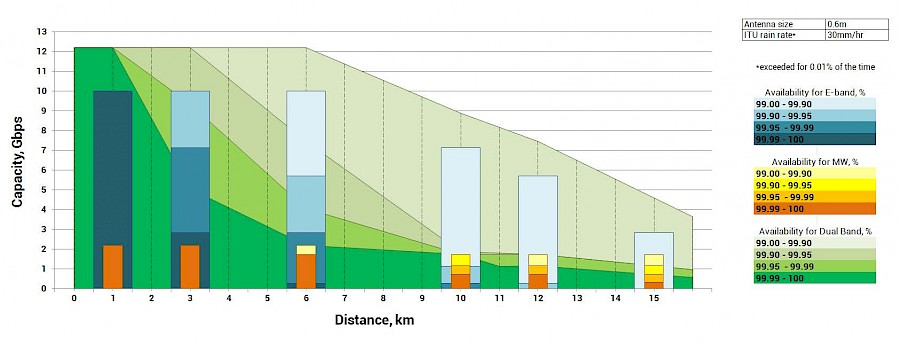
Chart 1. The substantial improvement of link performance using the dual band solution
If you look at the image above (Chart 1), you can see the systemic advantages of the dual band solution in terms of signal propagation. The four green areas on the chart show the resulting capacities of dual band solutions at various availability levels, depending on the link’s distance. The data shows that capacities and availabilities of dual band solutions perform better than those of individual link distances up to 15 km (about 10 miles). The calculations in Chart 1 were performed by the Link Planning team at SAF Tehnika.
Since path analysis is the first step in maximizing dual band links, do not hesitate to contact us at Sorry, no go without enabled JS, pal. :( for a free link planning consultation. Our link planning team can provide a detailed performance report for your specific case.
10+ Gbps Capacity on a Single Antenna
The dual band solution from SAF Tehnika consists of:
✓ Integra-E: e-band radio with maximum 1+0 capacity of 10 Gbps and 20 Gbps in 2+0 mode
✓ Integra-W, Integra-G or Integra-X: conventional SAF microwave radios, up to the 2.2 Gbps capacities
✓ CommScope dual band antenna 23/80 GHz, 18/80 GHz
✓ A 3rd party Ethernet switch for traffic aggregation (optional)
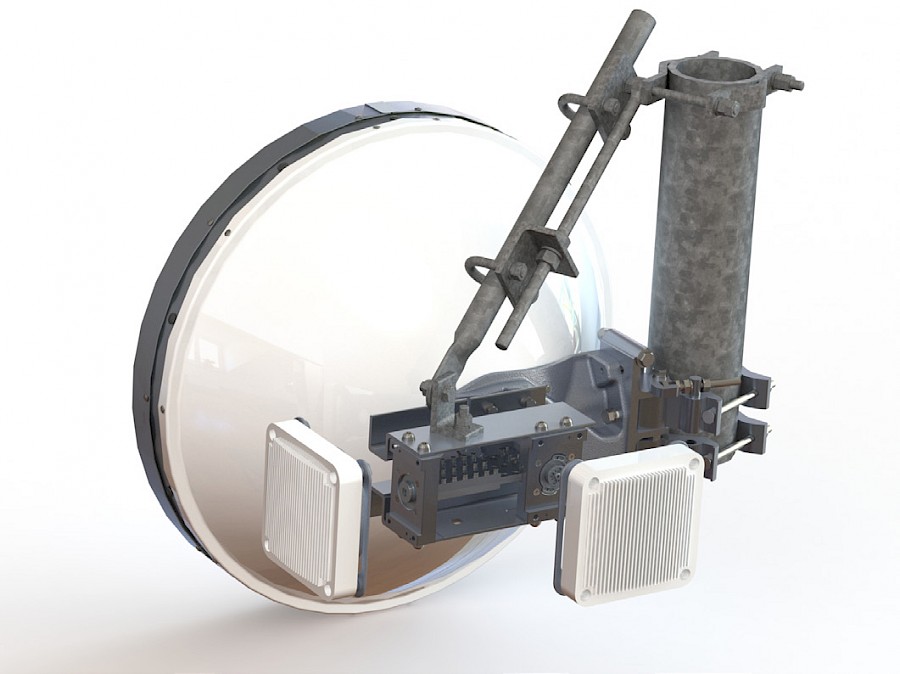
Figure 1. An illustrative example of the dual band solution from SAF Tehnika
Built for 5G
Advantages for single dual band antennas:
✓ Less tower space needed
✓ Reduced weight and wind load
✓ Saving on shipping and installation costs, and on tower rent results in lower total cost of ownership
✓ Faster antenna installation and alignment
Solution with separate MW and E-band antennas can also be used in specific cases, for instance for an upgrade of an existing link, either microwave or mm-Wave. Dis-aggregated solution – each radio in separate casing – offers a maximum flexibility in terms of operating modes and frequency bands, as well as additional redundancy and reliability.
Possible Configurations
Here are two possible dual band link configurations using Integra radios:
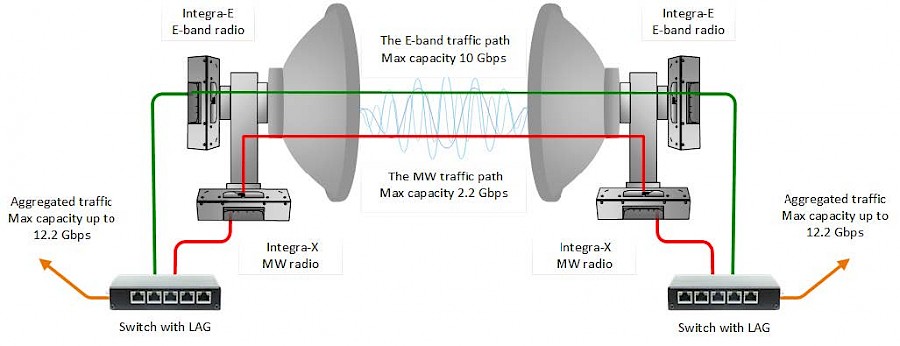
Figure 2. The dual band solution in Aggregation mode
1) With Integra-E and Integra-X links in Aggregation mode if supported by 3rd party high-capacity external Ethernet switch (preferred configuration) maximum capacity can be pushed to 12.2 Gbps – Figure 2.
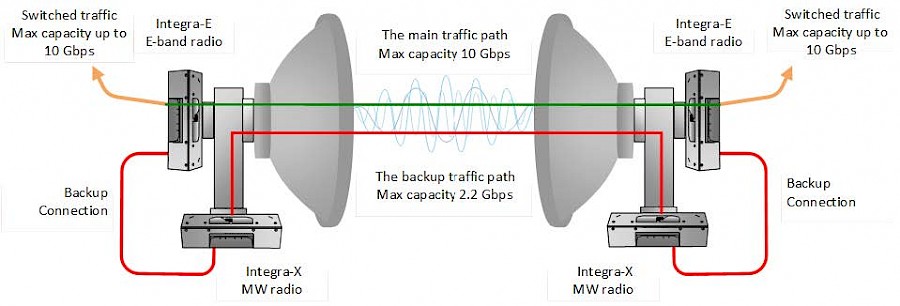
Figure 3. The dual band solution in Protection (Backup) mode.
2) Configuring Integra-E as the main link and utilizing built-in LSP/Backup functionality provides MW backup redundancy. When the Integra-E link capacity decreases below the pre-configured threshold, or sync loss has occurred, LSP/Backup will switch traffic to the Integra-X link. Maximum capacity will be limited to 10 Gbps in LSP/Backup mode and traffic will pass through one link at any timepoint. The external switch is not required in this configuration.
The dual band solution by SAF Tehnika is the stepping stone towards next-generation connectivity, offering the best of both worlds – ultra-wide mm-Wave E-band spectrum. Full functionality of Integra radios: ACM, ACMB, Quality-of-Service and others can be used for traffic prioritizing and improvement of overall link availability.
Want to learn more about the solution? Request a quotation here.
